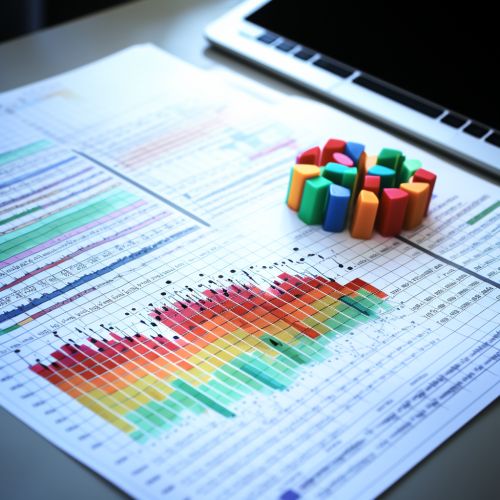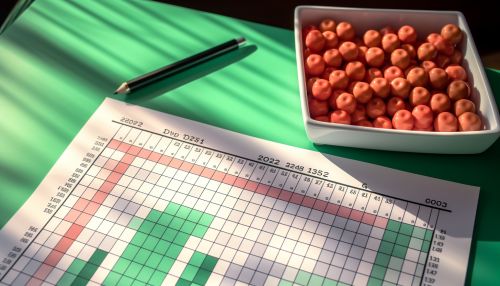Descriptive Statistics
Introduction
Descriptive statistics is a fundamental discipline within the broader field of statistics, primarily concerned with the organization, summarization, and graphical representation of data. It offers simple, yet insightful summaries about the sample and the measures under study. These summaries may either form the basis of the initial description of the data as part of a more extensive statistical analysis, or they may be sufficient in and of themselves for a specific investigation.


Types of Descriptive Statistics
Descriptive statistics can be broadly classified into two categories: measures of central tendency and measures of variability (or dispersion).
Measures of Central Tendency
Measures of central tendency are statistical metrics that identify a single value that is representative of an entire distribution. The three most common measures of central tendency are the mean, the median, and the mode.
Mean
The mean, often referred to as the average, is calculated by summing all the values in a dataset and then dividing by the total number of values.
Median
The median represents the middle value when the data are arranged in ascending or descending order. If the dataset contains an even number of observations, the median is the average of the two middle numbers.
Mode
The mode is the value that occurs most frequently in a dataset. A dataset may have one mode, more than one mode, or no mode at all.
Measures of Variability
Measures of variability, or dispersion, quantify the spread or variability of values within a dataset. They include the range, interquartile range, variance, and standard deviation.
Range
The range is a simple measure of variability that is calculated as the difference between the highest and lowest values in a dataset.
Interquartile Range
The interquartile range is a measure of statistical dispersion, being equal to the difference between the upper and lower quartiles, thereby capturing the range of the middle 50% of the values in a dataset when arranged in ascending order.
Variance
Variance is a statistical measurement of the spread between numbers in a data set. It measures how far each number in the set is from the mean and thus from every other number in the set.
Standard Deviation
Standard deviation is a measure of the amount of variation or dispersion of a set of values. It is the square root of the variance and provides a measure of the standard distance from the mean.


Applications of Descriptive Statistics
Descriptive statistics are employed in a myriad of fields, including but not limited to business, education, psychology, and sociology, to describe and summarize data. They provide a way to understand and visualize data without making assumptions or inferences about the data.
Limitations of Descriptive Statistics
While descriptive statistics provide a valuable tool for summarizing data, they do not allow for making predictions or determining causal relationships. They merely provide a way to summarize and describe data, but do not allow for making conclusions beyond the data at hand.


Conclusion
Descriptive statistics offer a powerful tool for summarizing data. They allow for a quick, simple interpretation of data but do not allow for conclusions beyond the data at hand. Despite their limitations, they are an indispensable tool in the field of statistics and data analysis.


